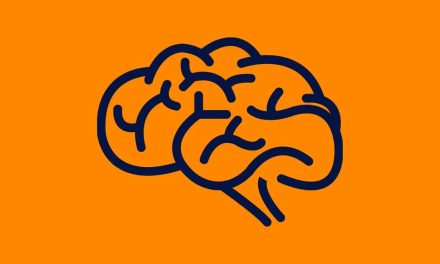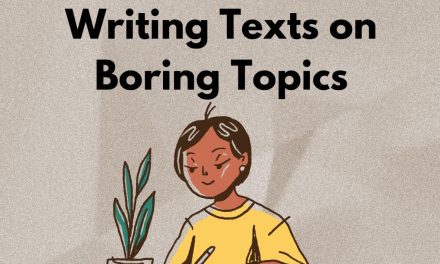
What is Auto-Generated Content?

Auto-generated content is programmed content, which is created via coding from a set of pre-defined templates. It is typically used to publish and index many pages in search results pages on search engines (SERPs). So naturally, not all auto-generated content can be defined as a “black-hat” tactic.
The Harmful Type of Auto-Generated Content
Google has provided a few examples of what is considered being harmful auto-generated content. These examples include:
- Content is automatically translated without it being reviewed by a human before publication.
- Content generated automatically from “scraping” of RSS feeds.
- Collecting content from various sources and publishing it without making it unique or different from its original form.
- Content auto-generated, based on a ‘Markov process’ which follows ‘Markov properties’ — therefore the name. This content is automatically generated using the pre-existing content, where new variables are created based on probability. It’s a bit like the familiar automatic and predictive feature of your phone when using auto-correct.
What is The Impact of Auto-Generated Content on UX?
Google values content that is original, unique, and useful. This is to provide a good UX (User Experience). Conversely, auto-generated content gives end users a bad UX because it is most likely not original, unique, and useful.
Since this type of content often contains recycled information, the robots will have a hard time reading it. In addition, such type of content usually has an inferior quality and is poorly optimized. Thus, while websites may use auto-generated tactics to fill in pages with too little content to rank higher in SERPs, it can often have the opposite effect.
If your content does not impress the searchers and they find it deficient, they will certainly not stay on your site — at least not for a very long time. This will lead to a higher bounce rate and lower retention rate, which results in other pages on your website not being visited.
What Happens If You Auto-Generate Content for Your Page?
Using software, tools, or applications to create content automatically can cause problems with Google’s Panda algorithm, which aims to tackle low-quality content. When this happens, your site will be penalized at the domain level, leading to a significant drop in site ranking on Google, which results in a decrease in organic traffic to your site.
To be completely clear, not all auto-generated content is harmful. Depending on your business, a mix of naturally created and automatically generated content may be ideal for creating and publishing content. For example, some companies with products across a wide range of criteria, which also collect data on the same products, need a portion of auto-generated content that acts as the skeleton where all other details and information are placed.
An Example of “White Hat” Auto-Generated Content
To make this example easy to follow and as concrete, as possible I will use a specific danish company called “Art and Design.” This company has auto-generated content and text to be used on its product pages.
They have done it somehow, which will not be penalized by Google’s algorithm concerning auto-generated content. They have used integrated software to auto-generate quality content with all the right prerequisites to rank on Google. That has at least ranked high on most of their site pages at least.
Conclusion
There are many companies and sites where auto-generated content may become a necessity. For example, the product composition and range can be too large and complex to create unique texts for each one. Therefore, in these cases, one can use online software tools to auto-generate content to streamline parts of that process.






















Subscribe to My Newsletter
Get exclusive tips and news that I only share with my e-mail subscribers
You have Successfully Subscribed!